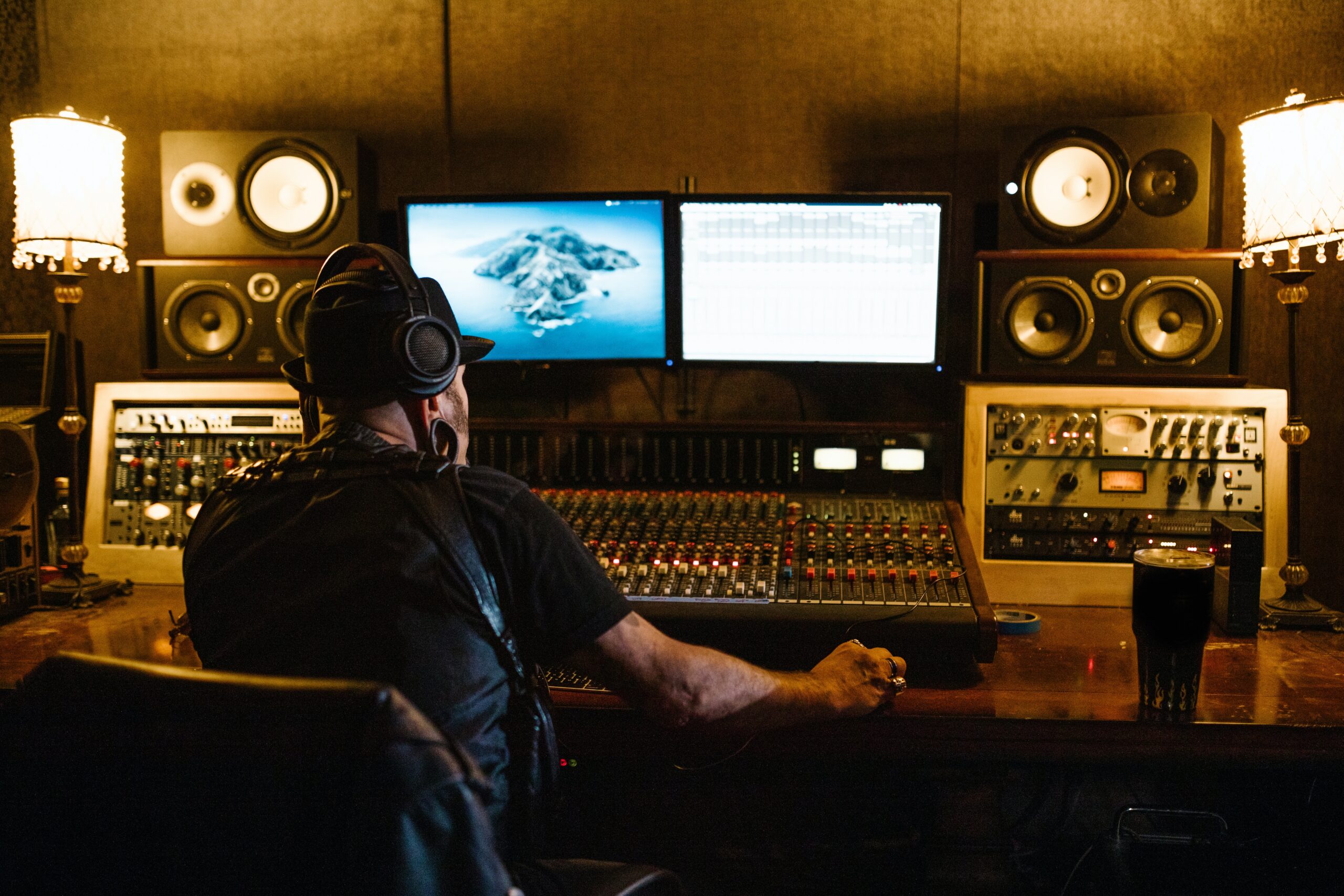I. Introduction
Artist development encompasses a range of activities and strategies aimed at nurturing a musician’s talent, guiding their career, and ultimately helping them reach their full potential as an artist. It involves everything from songwriting and performance skills to branding, marketing, and networking.
The music industry is highly competitive, with countless aspiring artists vying for recognition. Effective artist development can be the key differentiator between a musician who fades into obscurity and one who achieves lasting success.
Artist development involves various aspects, with record labels playing a major role. including, branding, songwriting, marketing, financial considerations, and challenges, in the ever-evolving landscape of the music industry.
II. The Evolution of Artist Development
Historically, artist development was largely the responsibility of record labels. Labels would sign promising talent, invest in their growth, and guide their careers over time. Examples like The Beatles, who were molded by their label, illustrate the impact of this traditional approach.
The digital age disrupted the traditional model, giving rise to new opportunities and challenges. Artists now have unprecedented control over their careers, with the ability to release music independently. This shift has allowed for greater creativity but also demands a deeper understanding of the industry.
Technology has revolutionized how artists create, distribute, and promote their music. Social media platforms, streaming services, and digital marketing tools have become invaluable resources for emerging artists.
Musicians like Justin Bieber and Chance the Rapper leveraged these platforms to launch their careers.
III. The Role of Record Labels in Artist Development
While major record labels still play a significant role in artist development, independent artists have gained prominence. For instance, Macklemore & Ryan Lewis achieved massive success without major label support, thanks to their entrepreneurial spirit and DIY approach.
A. A&R (Artist and Repertoire) Departments
A&R departments are critical in identifying and nurturing talent. They scout for artists, offer guidance, and oversee the creative process. Adele’s journey from an unknown artist to a global superstar is a testament to the role A&R can play.
B. Case Studies of Successful Label-Backed Artist Development
Looking at artists like Taylor Swift, who started as a country singer under Big Machine Label Group and later evolved into a pop sensation, showcases how label-backed artist development can propel an artist to stardom.

IV. Independent Artist Development
A. DIY Approaches to Artist Development
Independent artists like Chance the Rapper have shown that it’s possible to build a successful career without a major label. They often take on multiple roles, from writing and producing to marketing and distribution.
B. Utilizing Social Media and Streaming Platforms
Artists like Post Malone and Billie Eilish harnessed the power of social media and streaming platforms to connect with audiences directly, bypassing traditional gatekeepers and building a dedicated fanbase.
C. Building a Fanbase and Engaging with Audiences
Developing a loyal fanbase is crucial for independent artists. Artists such as BTS have cultivated massive global followings through relentless touring, fan engagement, and social media presence.
Stay tuned for the continuation of this blog post, where we’ll explore topics such as branding, songwriting, marketing, financial aspects, challenges, and the future of artist development in the music industry.
V. Building a Strong Brand as an Artist
Successful artists like Lady Gaga and David Bowie are known for their distinctive personas and styles, which help them stand out in a crowded industry. Developing a unique image can be a strategic move in artist development.
Artists such as Beyoncé have mastered the art of maintaining a consistent brand image across albums, tours, and promotional activities, which builds trust and loyalty among fans.
The brand stories of artists like Madonna and Kanye West exemplify how a well-crafted brand narrative can contribute to long-lasting success in the music industry.
Checkout: Strategies for Building a Fanbase as a Musician
VI. Songwriting and Production in Artist Development
Adele’s emotional and relatable songwriting, evident in hits like “Someone Like You,” highlights the power of compelling lyrics and melodies in artist development.
B. Collaborations and Networking in Music Production
Artists like Ed Sheeran have benefitted from collaborating with other talented musicians, expanding their creativity and reach. Networking within the industry can open doors for collaborations.
C. Nurturing Musical Skills and Growth
Artists often undergo musical evolution, like Taylor Swift’s transition from country to pop. Continuous growth and experimentation are vital aspects of artist development.
VII. Marketing and Promotion Strategies
Artists like Lizzo have used innovative marketing strategies, such as viral social media campaigns, to create buzz around their music and gain recognition.
Networking within the music industry, as seen with artists like Kendrick Lamar, can lead to opportunities for exposure, collaboration, and mentorship.
Artists like Beyoncé have mastered the art of surprise album releases, generating immense anticipation and buzz, proving the importance of well-executed marketing strategies.
VIII. Financial Aspects of Artist Development
Managing finances is crucial in artist development. Artists must allocate resources wisely, as highlighted by the financial discipline of artists like Eminem.
Diversifying income sources, such as merchandising, touring, and licensing, can provide stability for emerging artists, as demonstrated by artists like Rihanna.
Artists must navigate financial pitfalls, like mismanagement, as highlighted in the cautionary tales of artists like TLC.
IX. Challenges and Obstacles in Artist Development
A. Overcoming Rejection and Setbacks
Many artists face rejection and obstacles along the way. The perseverance of artists like Billie Eilish, who was initially turned down by labels, showcases the importance of resilience.
B. Mental Health and Self-Care for Artists
The mental health challenges that artists like Demi Lovato have openly discussed underscore the need for self-care and support throughout the artist’s development journey.
C. Staying Persistent and Resilient
Artists like Eminem, who overcame personal struggles and adversity, illustrate the power of persistence and resilience in achieving success.
X. The Future of Artist Development
With technology continuing to evolve, artist development is likely to incorporate virtual reality, AI-generated music, and innovative fan engagement strategies.
AI-driven tools for music creation, marketing, and audience analysis are poised to revolutionize artist development, as they enable more data-driven decisions.
Industry experts suggest that the next decade will see a blurring of genre boundaries, increased global collaboration, and greater artist empowerment through digital platforms.
Checkout: The Power of Music Therapy and its Benefits
XI. Conclusion
Artist development is a multifaceted process that encompasses artistic growth, branding, marketing, and financial management. Successful artists often combine traditional and digital strategies to navigate this journey.
Aspiring musicians should embrace the ever-changing landscape of the music industry, continually refine their craft, and leverage the vast resources available to them.
In an industry that is constantly evolving, artist development remains a dynamic and essential element of a musician’s career. By learning from the successes and challenges of those who came before them, aspiring artists can chart their own path to success in the music industry.






